1. Overview of Bao Vinh ancient town
Bao Vinh ancient town was once famous (Photo source: Collected)
Located in the north of Hue Citadel, Bao Vinh ancient town used to be the most prosperous trading port in Dang Trong during the 17th to 19th centuries. This was not only a bustling trading point but also a place to preserve many important historical and cultural values of the ancient capital. Today, the old town still retains most of its ancient features, becoming one of the Hue tourist destinations bearing the mark of time.
Address: Huong Vang Commune, Huong Tra Town, Thua Thien Hue Province
Walking through the old town, visitors will encounter the image of low-roofed wooden houses, typical of traditional Vietnamese architecture, interspersed with several two-story buildings built in the 20th century. Although the bustling trading scene is no longer as bustling as before, this place still has a peaceful, ancient beauty, very suitable for those who are looking for a travel experience in Bao Vinh old town to explore the depth of history and the quiet space on the banks of the Huong River.
2. How to get to Bao Vinh ancient town
To explore Bao Vinh ancient town - a destination with a strong imprint of time in Hue, you can choose many different means of transport depending on your needs. If traveling by road, from the center of Hue city, you move across Truong Tien bridge, turn right at the end of the bridge to enter Tran Hung Dao street. Continue to turn left to Huynh Thuc Khang street, run along the Dong Ba river bank until the end of Dao Duy Anh street to reach the ancient town area. In addition, if you love relaxation and want to enjoy the river scenery, experience the journey by boat along the Dong Ba river, then walk a short distance to reach Bao Vinh ancient town.
3. Historical journey of Bao Vinh port city
Once an important part of the ancient trading port system in the Central region, Bao Vinh emerged in the early 17th century as a bustling port town. At that time, this place was a familiar stop for merchants from China, Japan, India, Macau and Europe - all of whom came to exchange goods and develop long-term trade relationships. Not only famous for its bustling trade, Bao Vinh ancient town also left its mark through unique handicraft villages such as brick and tile making, coffin making, mother-of-pearl inlay and wood carving.
The decline began when the French occupied and the Hue citadel fell, causing the port city of Bao Vinh to gradually lose its glory. Many craft villages faded away, and life changed. However, in the harsh flow of time, the people here still preserve the old features as a part of the vivid memory of Hue's heritage. The ancient wooden houses, mossy steps and the ancient town's landscape are still preserved, creating a special attraction for those who want to travel to Bao Vinh ancient town and explore the depth of Hue culture through each layer of bricks and each ancient roof tile.
4. Must-see attractions in Bao Vinh ancient town
4.1. Bao Vinh communal house
Bao Vinh communal house - evidence of time (Photo source: Collected)
On the journey to Bao Vinh ancient town, Bao Vinh communal house is always one of the favorite stops for many tourists. This is the place to worship the Pham family's ancestors - who contributed to reclaiming this land, and is also an important community space for the ancient indigenous residents. Although it is not clear when it was built, this place still retains the culture of the ancient village of the Central region through every architectural detail and traditional ritual.
Every year on the 7th of December – the death anniversary of the founder – the village communal house becomes crowded and solemn with incense offering and worship activities, attracting not only local people but also tourists who love Bao Vinh history and learn about Hue ancient relics.
The communal house architecture bears the mark of traditional Vietnamese architecture, with moss-covered tiled roofs, time-stained screens and an ancient incense burner still bearing the marks of layers of votive paper ash from the past. The scenery here creates a nostalgic space, an ideal background for those who love Hue check-in locations with an ancient, quiet and profound character.
4.2. Ferry terminal in Bao Vinh ancient town
Bao Vinh ferry terminal (Photo source: Collected)
One of the experiences that makes tourists linger when traveling to Bao Vinh ancient town is the moment of sitting on a rustic ferry, drifting gently along the calm water. This small ferry is not only a means of connecting Bao Vinh with ancient villages along the river such as Tien Non, Sinh, Phu Mau or Thanh Tien, but also an important piece in the unique cultural picture of Hue ancient town.
From the ferry, you will have the opportunity to enjoy the scenery on the river, admire the entire idyllic beauty of the old town, where ancient tiled-roof houses are located close together, moss-covered embankments reminding of the French colonial period still imprinted. The experience of the ferry not only takes you across a stretch of the river, but also takes you back to the memories of a once prosperous land, where the soul of traditional craft villages and the slow, peaceful lifestyle typical of Hue are still preserved.
4.3. Bao Vinh Market
Bao Vinh market in Hong Kong is bustling (Photo source: Collected)
On your journey to Bao Vinh ancient town, it would be a pity if you missed the opportunity to stroll through Bao Vinh market - a small rural market but containing many familiar things. Not as bustling as the central markets of Hue, Bao Vinh market is attractive because of its rusticity, closeness and the daily life of the local people. Although not large in scale, this place still sells a variety of essential items, from fresh vegetables, freshwater fish to traditional products. Especially, on the occasion of Tet, the market becomes bustling with handicraft stalls imbued with Hue identity such as the statue of Ong Tao village of Dia Linh, paper flowers for worshiping Thanh Tien village, ... - contributing to embellishing the old space with a very unique spring feature.
4.4. Thien Giang Tu Pagoda
Bao Vinh Ancient Town is a destination that preserves the mark of time in Hue, where visitors can encounter ancient structures such as Thien Giang Tu Pagoda - a pagoda that has existed for more than 200 years. Although the campus is not large, this place is always kept clean thanks to the care of the temple's board of trustees, including elderly Buddhists who regularly come to chant and recite Buddha's name. No one remembers exactly when the pagoda was built, but based on the bronze bell dated Gia Long 1803, people know that the pagoda has existed since the early 19th century. Notably, the ancient horizontal lacquered board in the pagoda still records the traces of two Nguyen Dynasty kings - Minh Mang and Tu Duc - who visited, adding to the historical value of this sacred place.
Traveling to Bao Vinh ancient town is not simply a trip, but a journey back to the old values, a place that fully preserves the breath of ancient Hue. Amidst the modern pace of life, Bao Vinh is still peaceful like a slow-motion film, enough to make people stop, listen and feel. If you are looking for a gentle, profound and nostalgic destination in the heart of the ancient capital, Bao Vinh ancient town is definitely an option not to be missed in your journey to explore Hue.
Source: https://www.vietravel.com/vn/am-thuc-kham-pha/du-lich-pho-co-bao-vinh-v17728.aspx


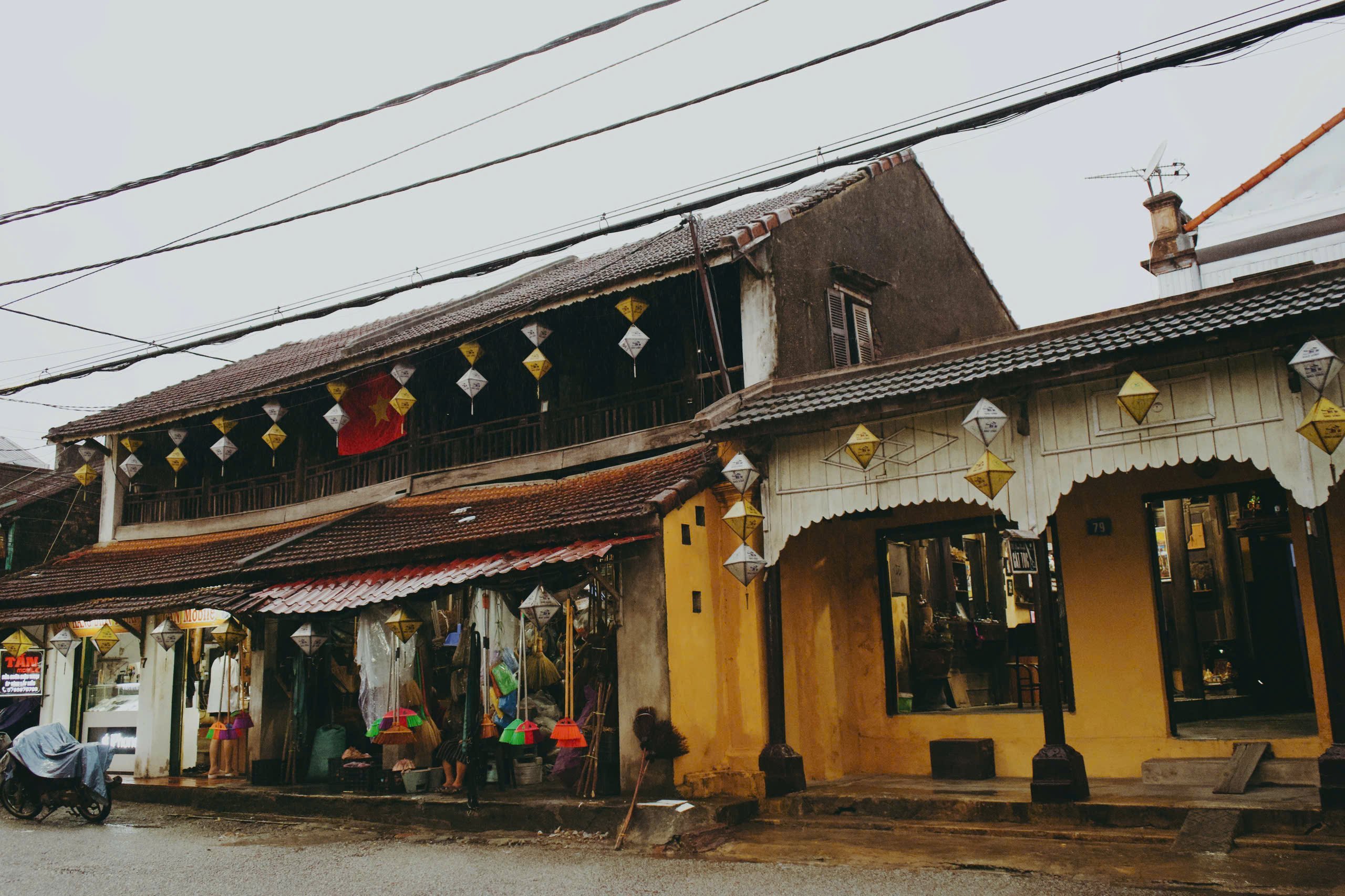
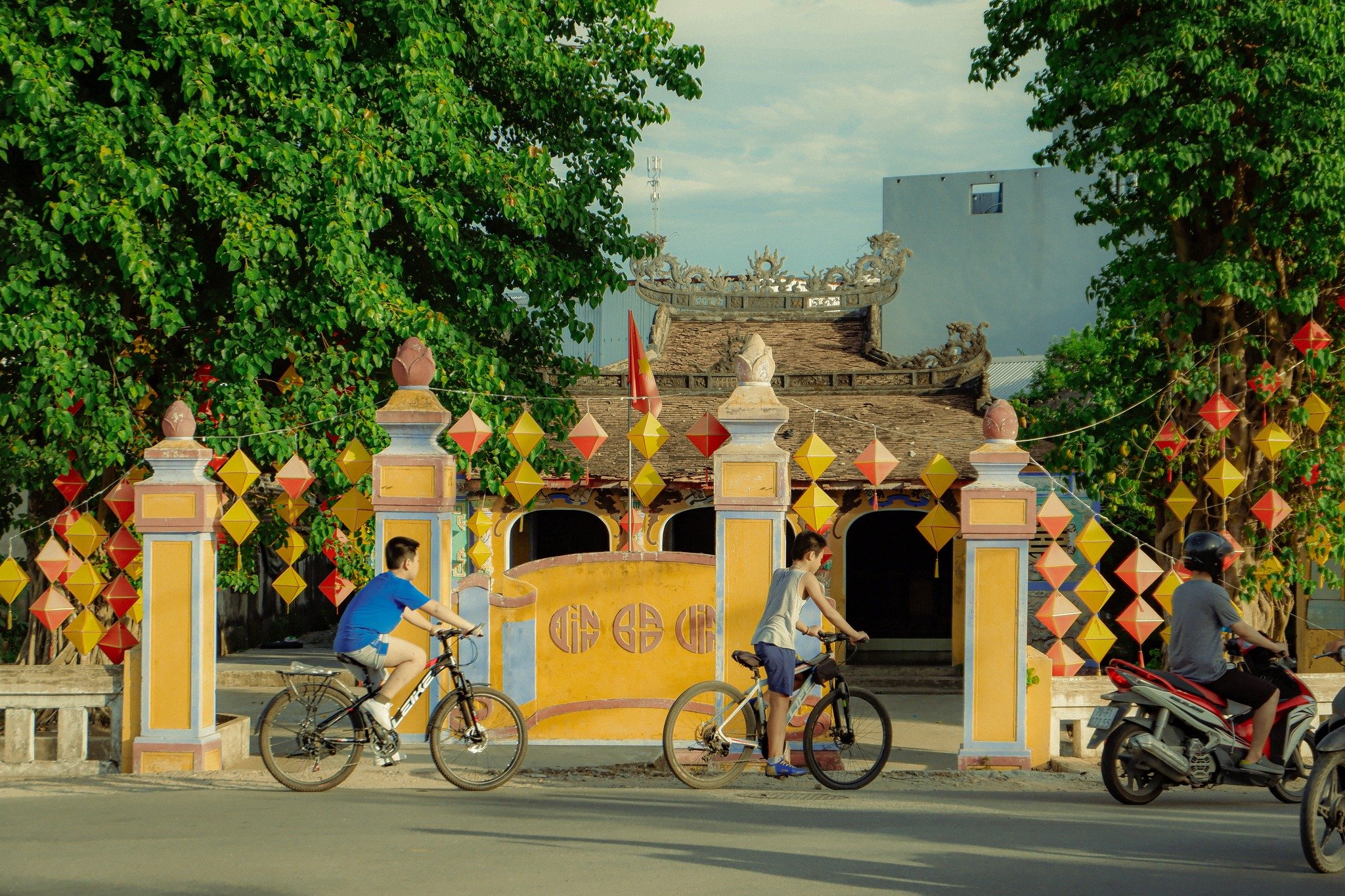

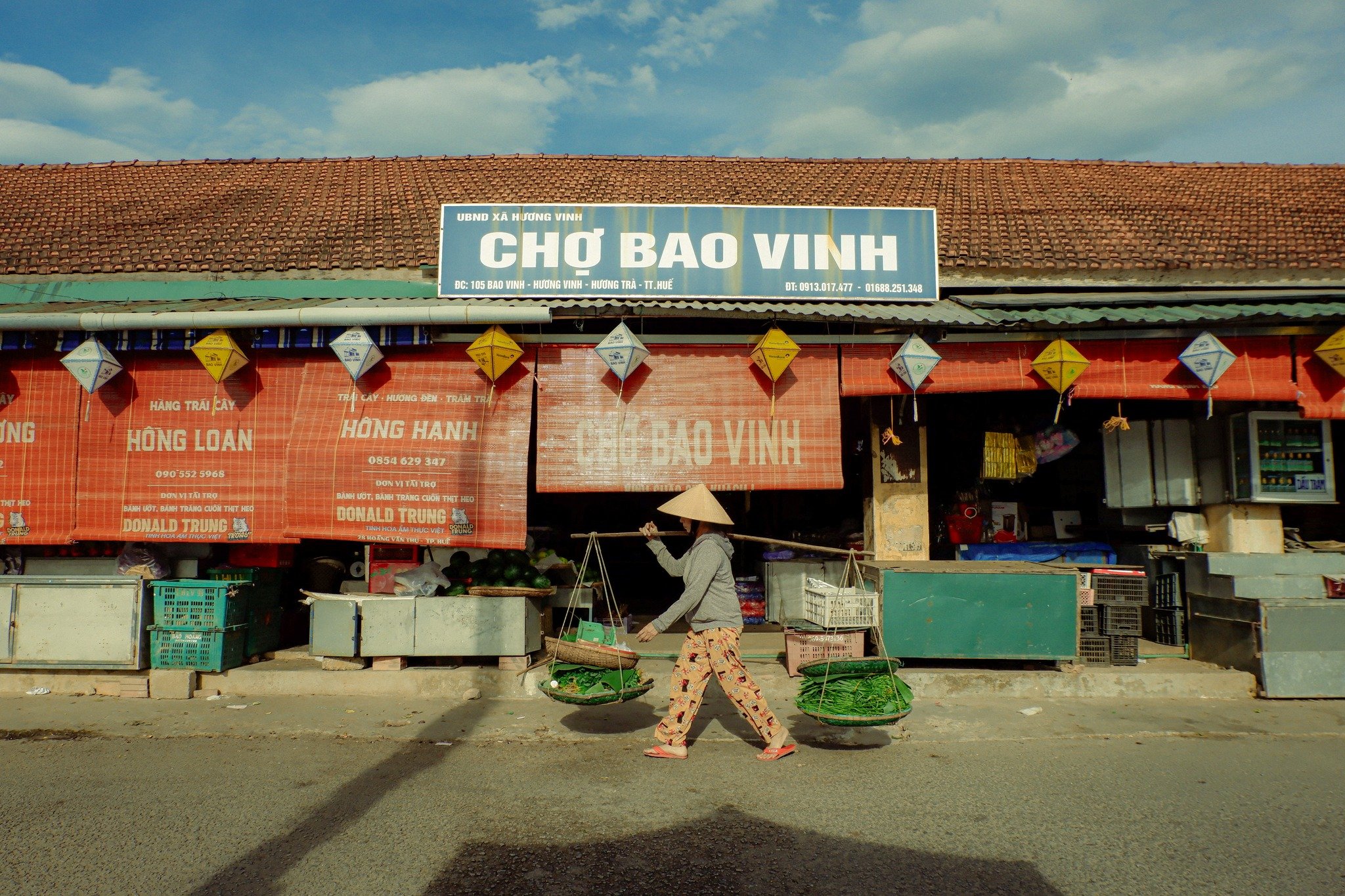









































































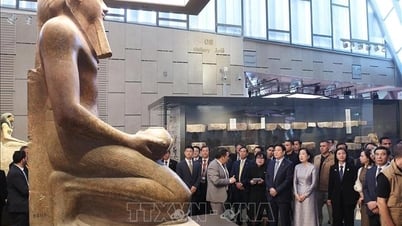




















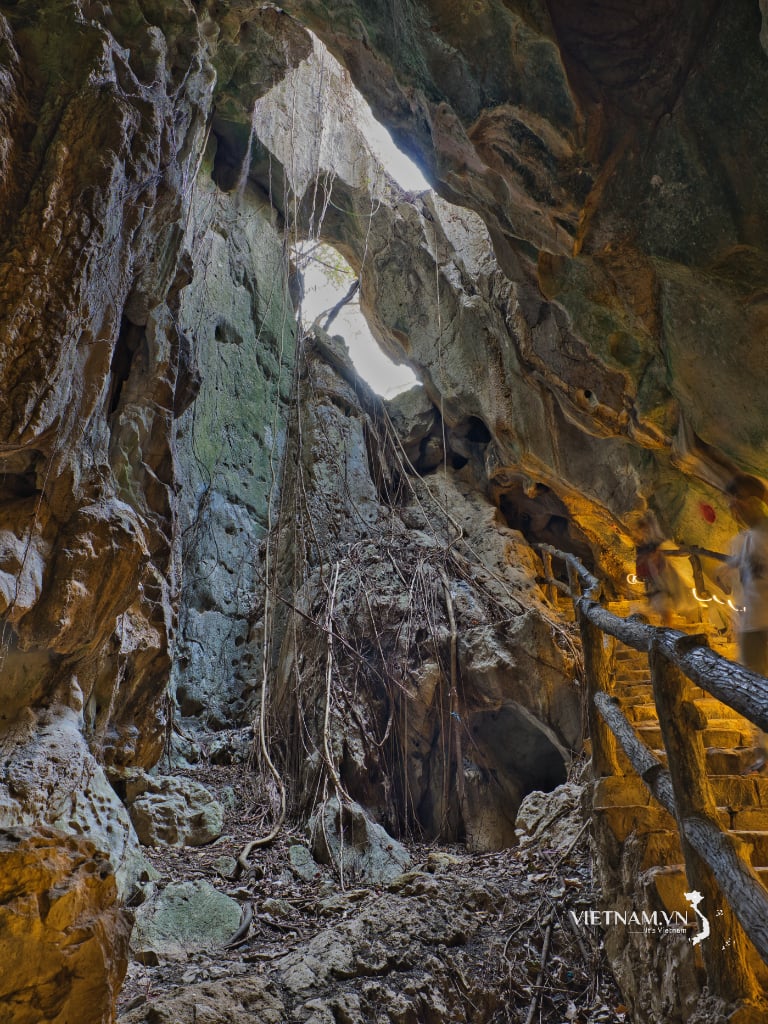

Comment (0)